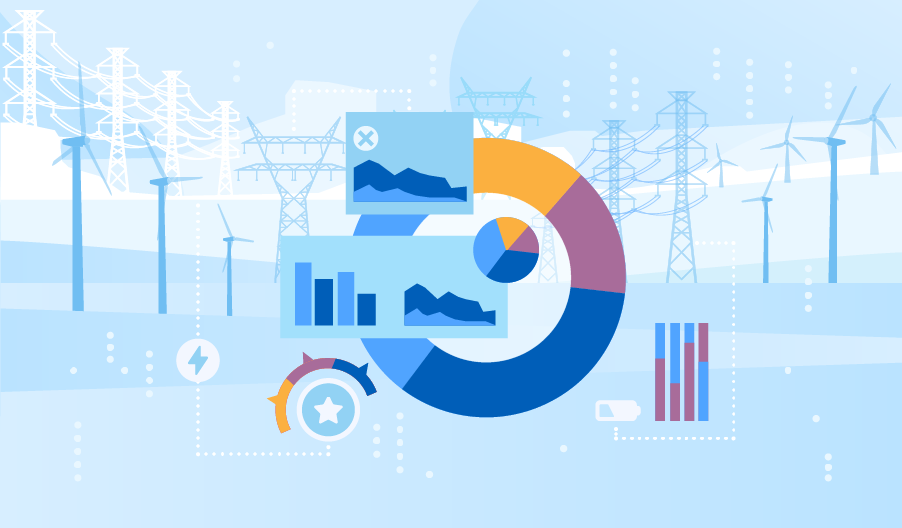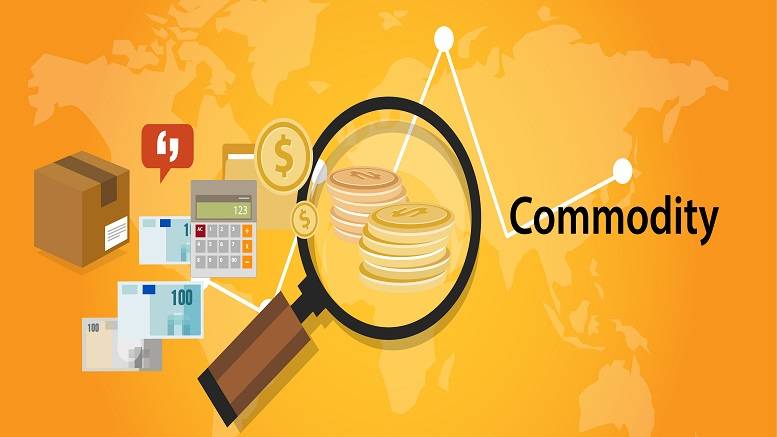Data is a valuable resource gathered and used by multiple industries. Companies collect multiple types of data, including structured and unstructured data, from various sources using big data collection tools.
While data is valuable, analyzing it and turning it into actionable information increases its value. Once companies have data, they utilize data analytics to evaluate their data and convert it into meaningful information. This information informs business decisions, enabling companies to avoid financial challenges and increase profits. Let’s look at how three industries take advantage of big data analytics.
1. Health Care

Inefficient systems prevent health care providers from improving the quality of care and controlling costs. With big data analytics, the software uses predictive modeling to anticipate outcomes, enabling health care organizations to evaluate procedures to determine which action will produce the best outcome. Predictive modeling helps health care providers determine which diagnostic equipment to purchase because they can project the level of demand for various medical procedures with data analytics. Data analytics also enables public health professionals to track outbreaks and issue health alerts about contagions.
Medical equipment manufacturers develop and manufacture diagnostic equipment and medical tools. These companies must invest their resources appropriately to meet industry demand and generate profits. By utilizing software from leading software companies, these manufacturers can use predictive analytics to gather historical and current data with data mining tools. Predictive modeling and machine learning tools enable them to anticipate future demand.
Health insurance providers utilize data analytics to expedite claims and improve fraud detection. Predictive modeling allows insurance providers to anticipate client behavior and adjust policies and procedures accordingly.
2. Manufacturing

Manufacturers in various industries use data analytics to inform their business decisions. Manufacturers produce products, and their objective is to create in-demand products, ensuring they can sell the goods they produce. Creating products no longer in demand results in financial losses.
Data analytics enables manufacturers to develop business plans and adjust operations based on anticipated future demand levels. First, data analysts collect information from various sources, including audio and video sources, the Internet of Things (IoT), and social media platforms. They prevent information from being isolated from other data by pooling the information, ensuring all data is evaluated.
Considering all data is crucial because it ensures manufacturers work with all information instead of basing decisions on limited data. Suppose your company manufactures computers, tablets, and two-in-one laptops and solely focuses on statistical data about the sales of two-in-one laptops. You wouldn’t receive actionable data to help you determine how many computers or tablets to produce. During the COVID-19 pandemic, computer chip shortages have impacted the computer manufacturing industry. Accurately identifying the demand for each type of electronic device enables computer manufacturers to prioritize in-demand products, meet consumer needs, and generate profits.
3. Transportation

The transportation industry involves moving people and products to different locations. On a local level, public transportation enables people to travel to work, stores, and other venues without using a personal vehicle. Buses and trains also offer state-wide transportation or access to a transportation network that runs from coast to coast. The transportation industry encompasses all travel made via personal vehicles, public transportation services, airplanes, and boats.
Governments impact public transportation because they make decisions about route planning and allocate infrastructure resources to repair roads and bridges. Data analysis enables governments to anticipate traffic patterns and prevent congestion by expanding routes to meet demand. For example, when a city approves a new subdivision and issues building permits, they use that information to take steps to prevent congestion when local traffic increases.
Businesses also use data analysis to determine how to cut fuel costs and improve shipping routes to improve efficiency. Tourism companies can use data analysis to avoid traffic jams.
Big data analytics involves gathering data and converting it into meaningful information. The health care, manufacturing, and transportation industries are some of the industries benefiting from big data analytics.



